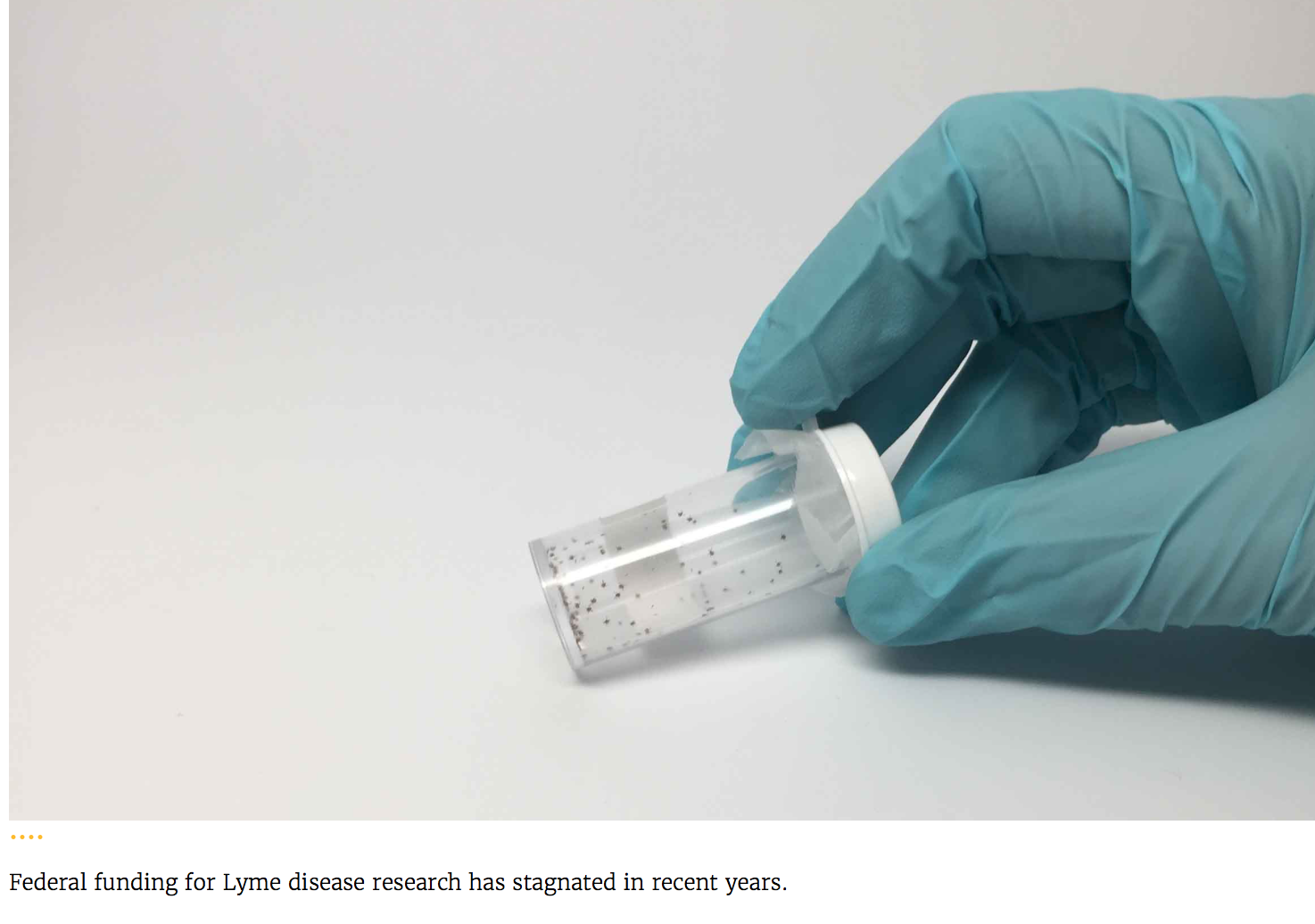
In 1987, Sherrill Franklin was pregnant and living in Delaware County, Pennsylvania, when she discovered a rash on her leg as big as a dinner plate. She had been bitten by a tick. She soon began to suffer fatigue, a sore throat, and severe arthritis that made her hands feel “like claws.” It took almost two years, and a three-week course of intravenous antibiotics, for her to get back on her feet.
Two decades later, Franklin got a second tick bite, and this time she developed more extensive neurological symptoms. She lost weight, experienced heart complications, and had to be rushed to the hospital by ambulance. She was eventually diagnosed with Graves’ disease, an immune disorder that her endocrinologist said could have been triggered by Lyme disease. Today, Franklin is still experiencing symptoms. After countless visits to health care experts, she says she’s spent $50,000 of her own money on medical help.
“The best thing about Lyme disease is you usually don’t die,” Franklin says. “The worst thing about it is that you don’t die.”
Read more in Undark magazine
